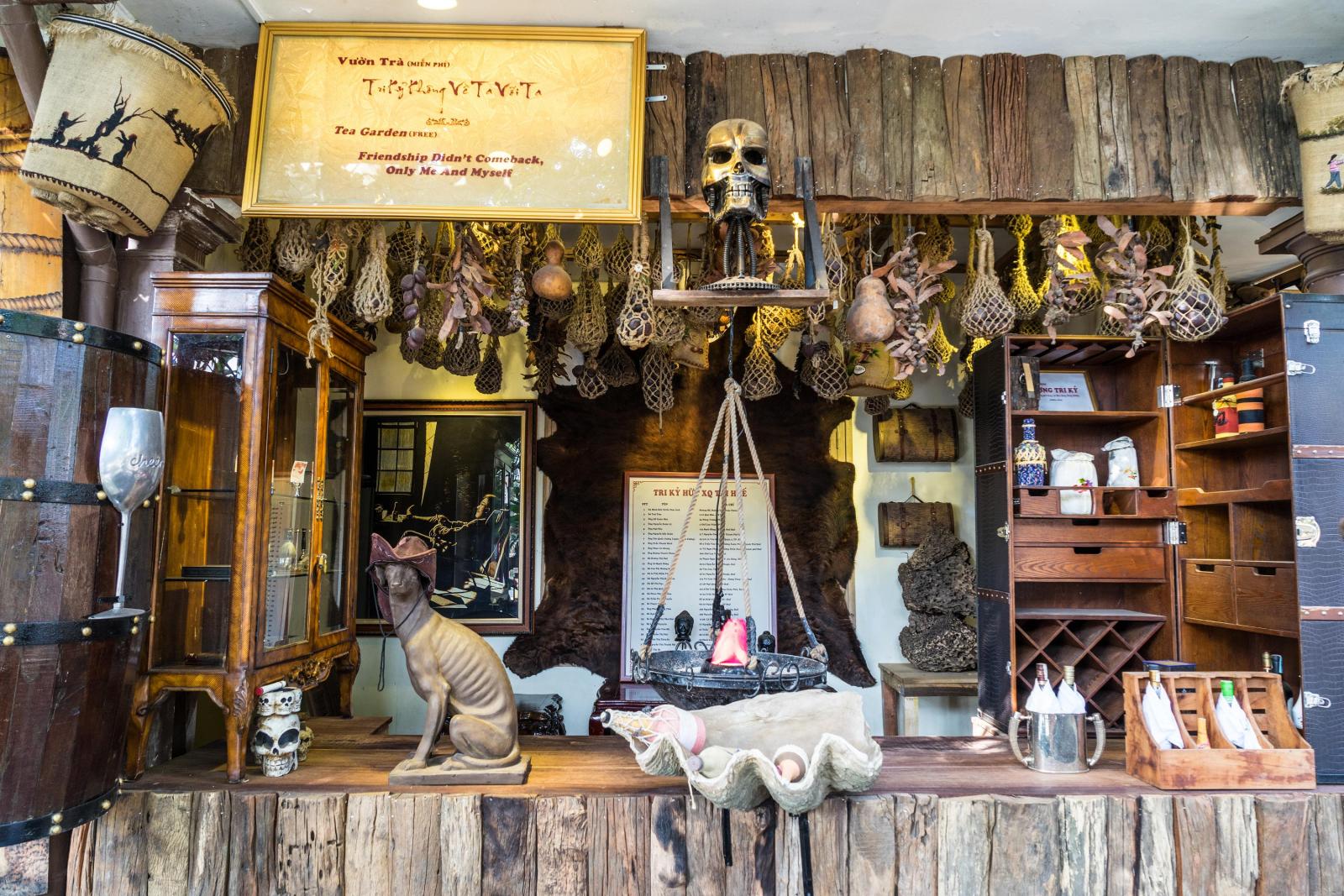Products
Embroidery Art Museum of XQ Hue
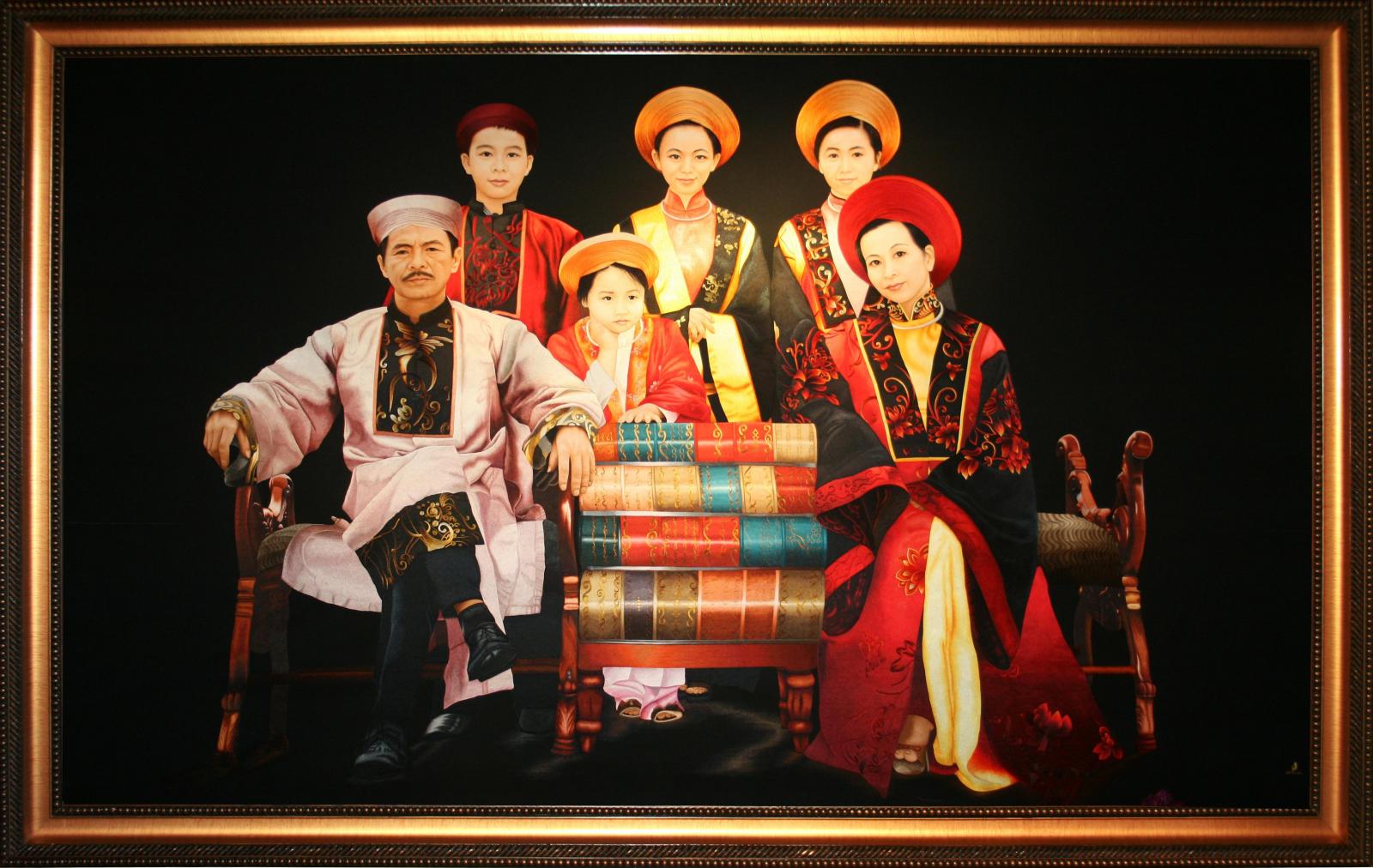
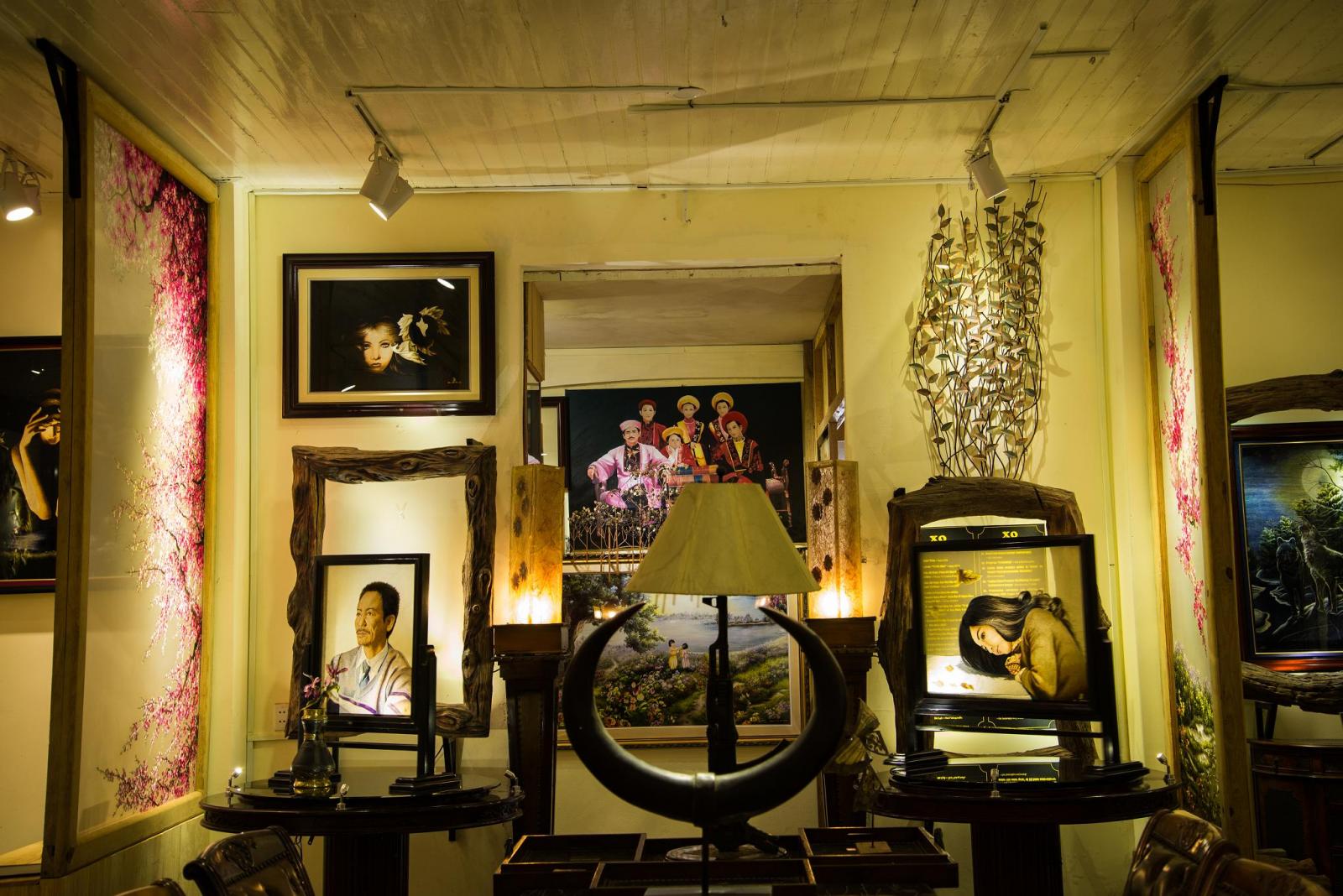
How to relive the past of embroidery, to make it better in the future. Today, in the chaos of the word – on the threshold of new beginnings for the profession – like “ a historian”, we use tools, techniques and standards to examine the the notion of embroidery character and to identify the new one?
There is no definition of character without regarding to the past. But a definition based on returning to “a lost character” of the past is illusion that will lead to the end of the profession perish disappear.
Perhaps this, where past and present are intertwined. It is necessary to have a special thought and dedication of people in terms of not only working on time but also thinking about the successive stage of time . Therefore, we give three views on history of embroidery character in order to encourage people to recognize the importance of studying, imagining the past and building a better future. To make the most complete research tool for the embroidery, it must borrow from the humanities sciences… because the historical value must be associated with the humanity sciences.
… For its part, human sciences must focus on the historical aspect…
When begining the embroidery, we felt like a navigator, abandoning the coastal road, only sailing straight to the sea … The sea is overall histoy of embroidery … then the role of women through embroidery will be “ The shape of global history”
A. Embroidery body
Through the embroidery, it join in reporting to the birth and development of the nation by epic words. To replace the dry chronology records of the victories and bad deeds of Kings and powerful person – never regarding the nation as a rational and abstract entity but a living and suffering body, that is felt by heart and imagination rather than by intellect.
1. The chair: “Will of Father”
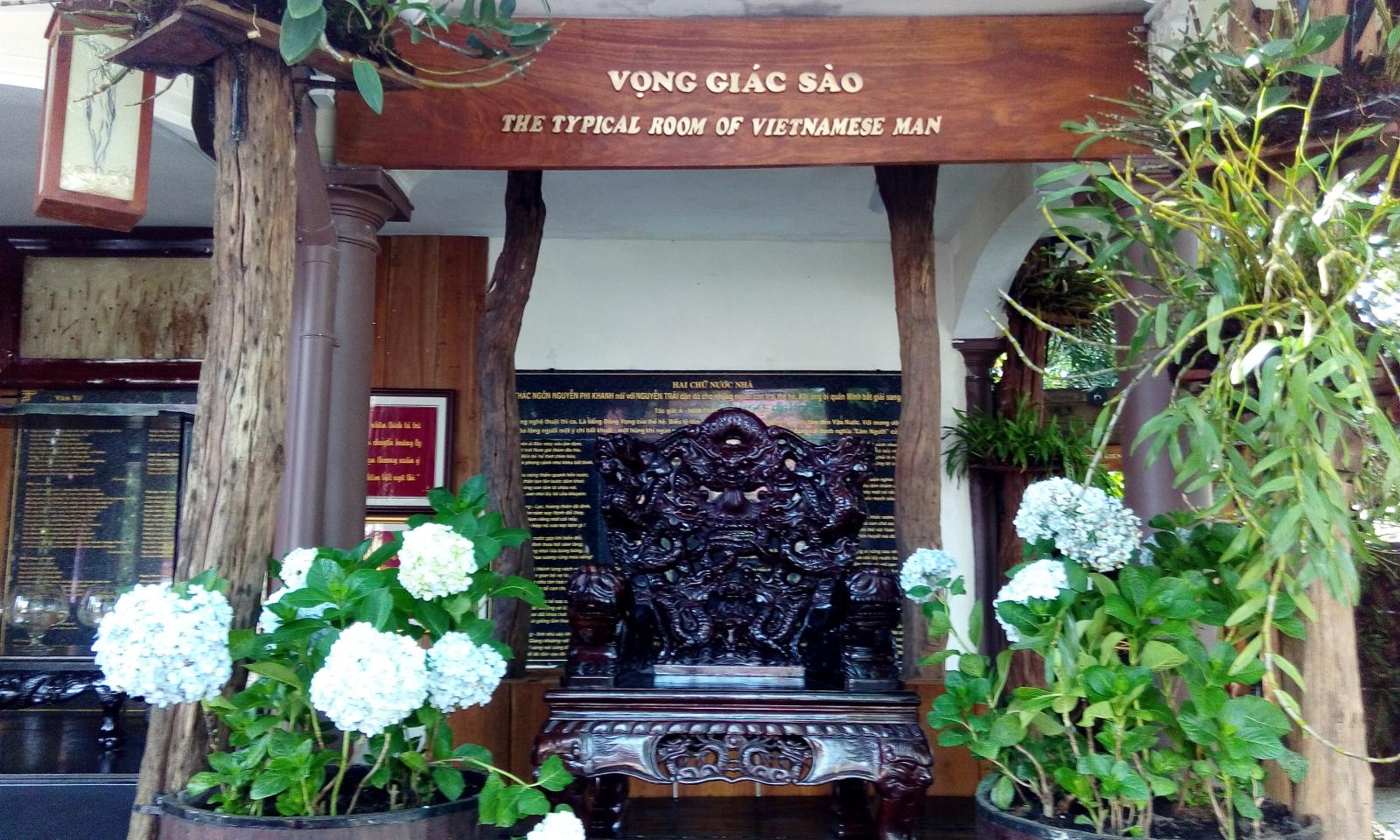
2. Vietnamese ancestry of Au Co Mother
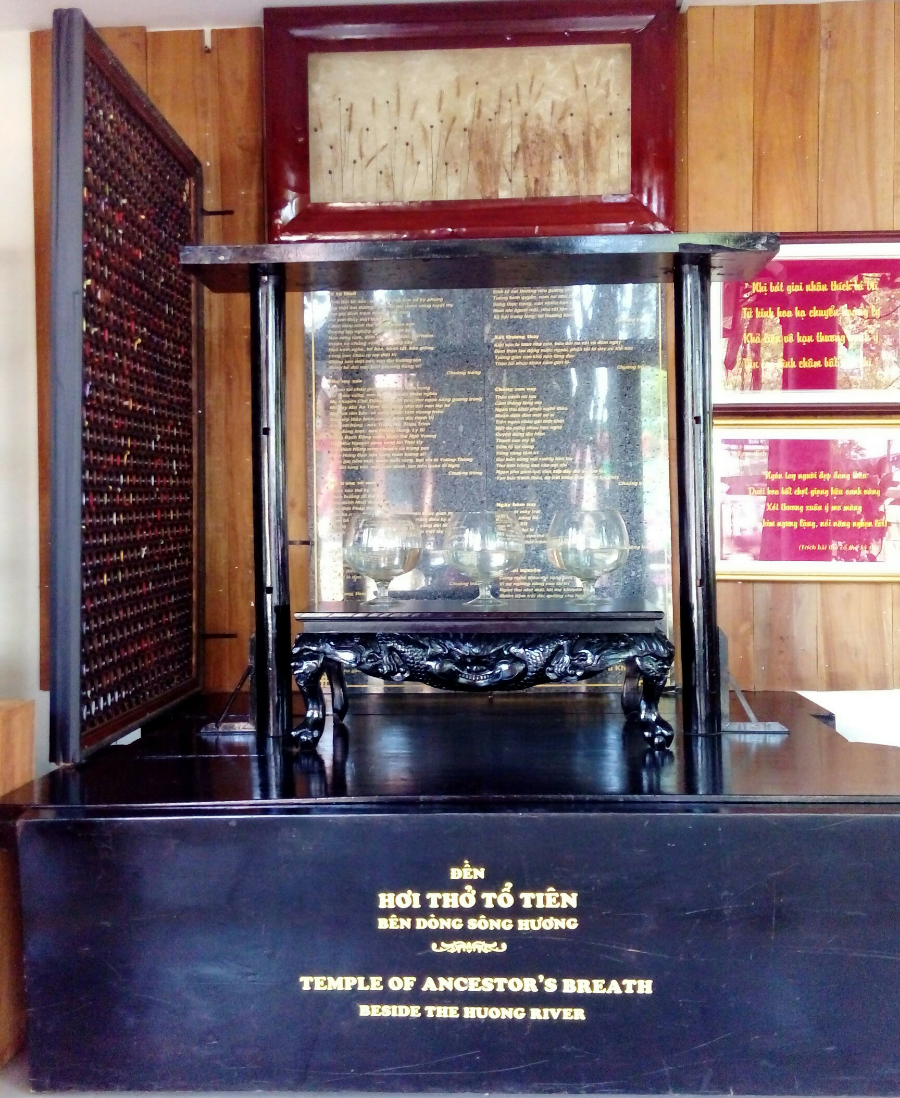
3. “ Studying history” room

“Needle and thread for very long time
Were instructed by mother since my birth
Wishing to be able to embroider a poem
The passing – boat is still working at the old
Landing – stage near a banyan tree”
4. “ Wedding dress and Funeral dress” room
“ Each needle is a mother’s prayer – each broken needle is a devotional prayer – mother hope peace to child”.
5. “ Gratitude” room
Where saving portraits – autographs – images of people who love mother’s embroidery They has provided tools, facilities for women who went to find “the lost time”. Introducing Vietnamese women portrait through embroidery on Huong river.
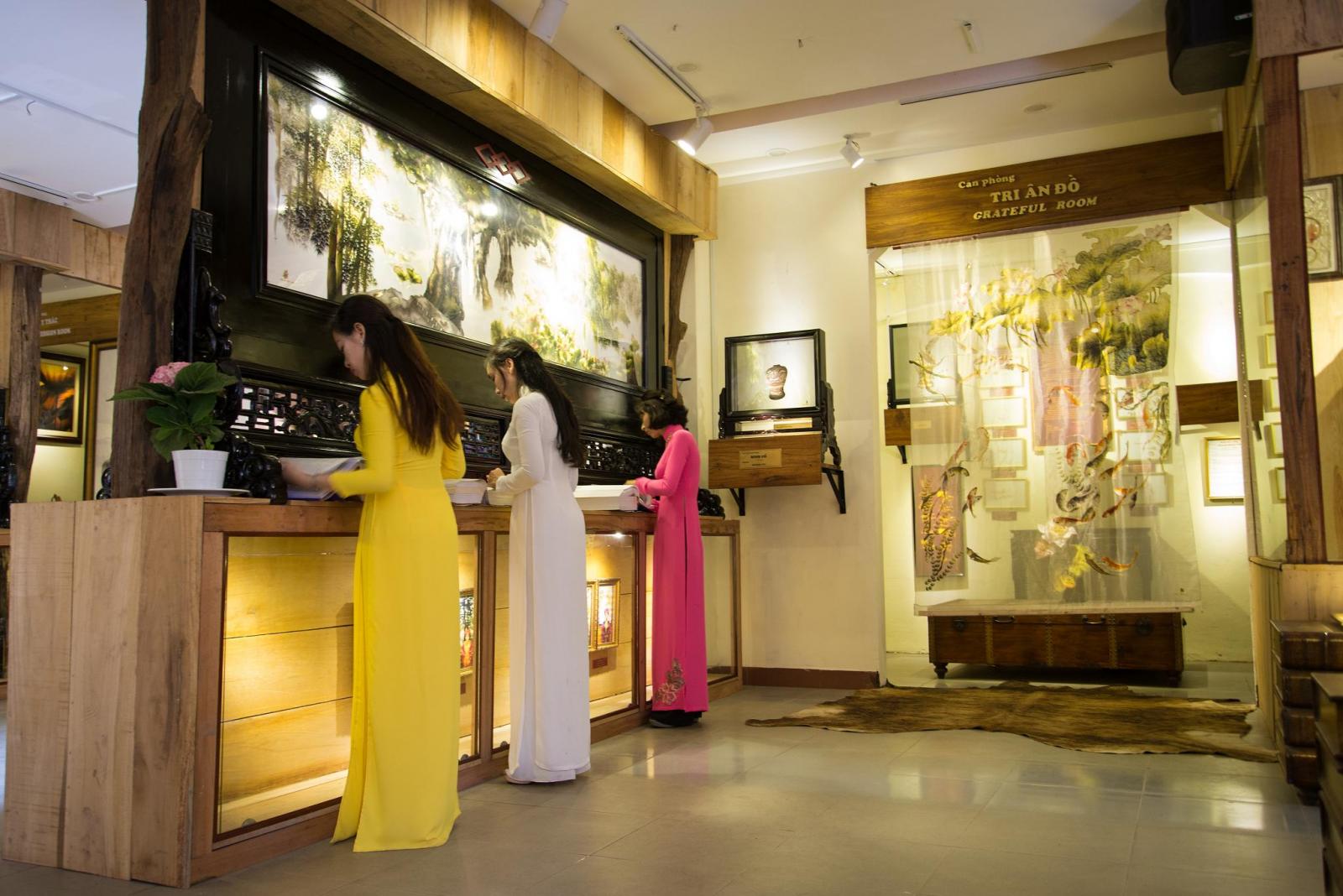
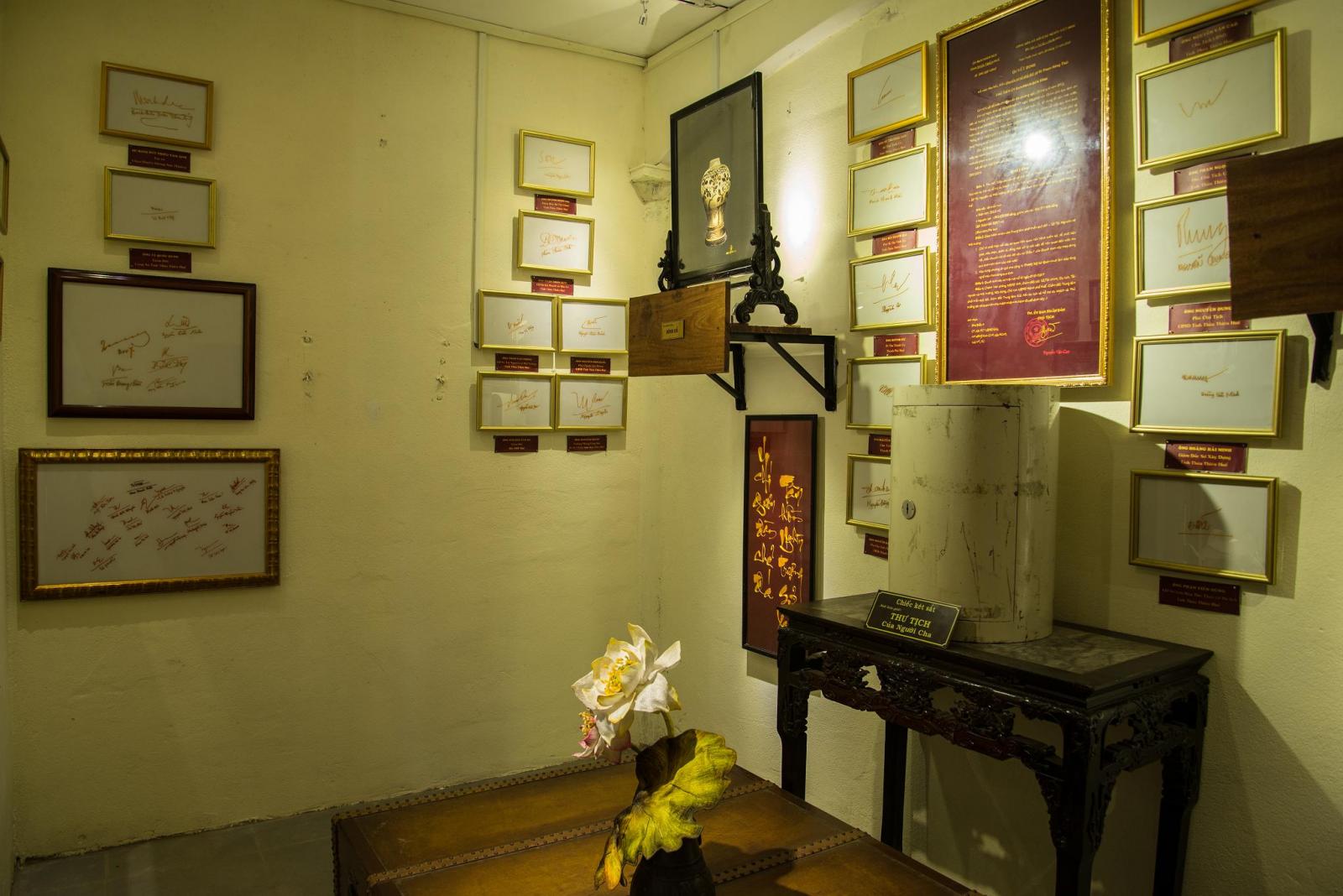
6. “ Mother’s inheritance” room – ( time number)
Calling artist and artisan to find his name, beauty and homeland quickly.
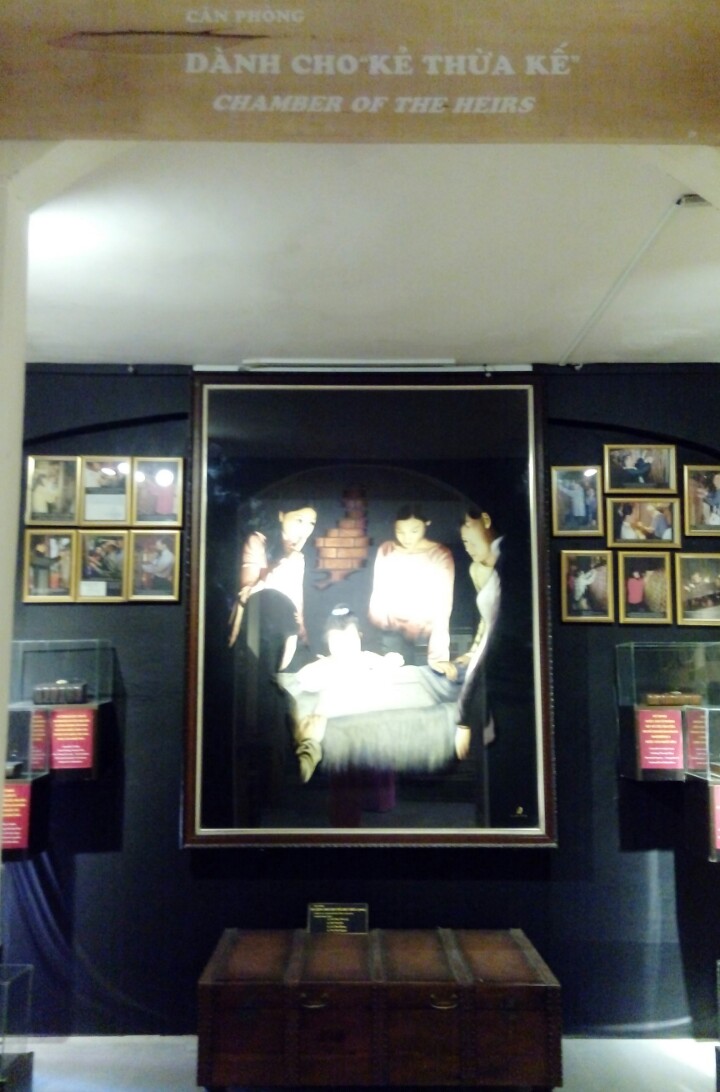
7. “ Living fossil” room
Where counting and telling about intangible - language heritage in the country by two portraits: Mother Minh Man and Thanh Huong in Hue.
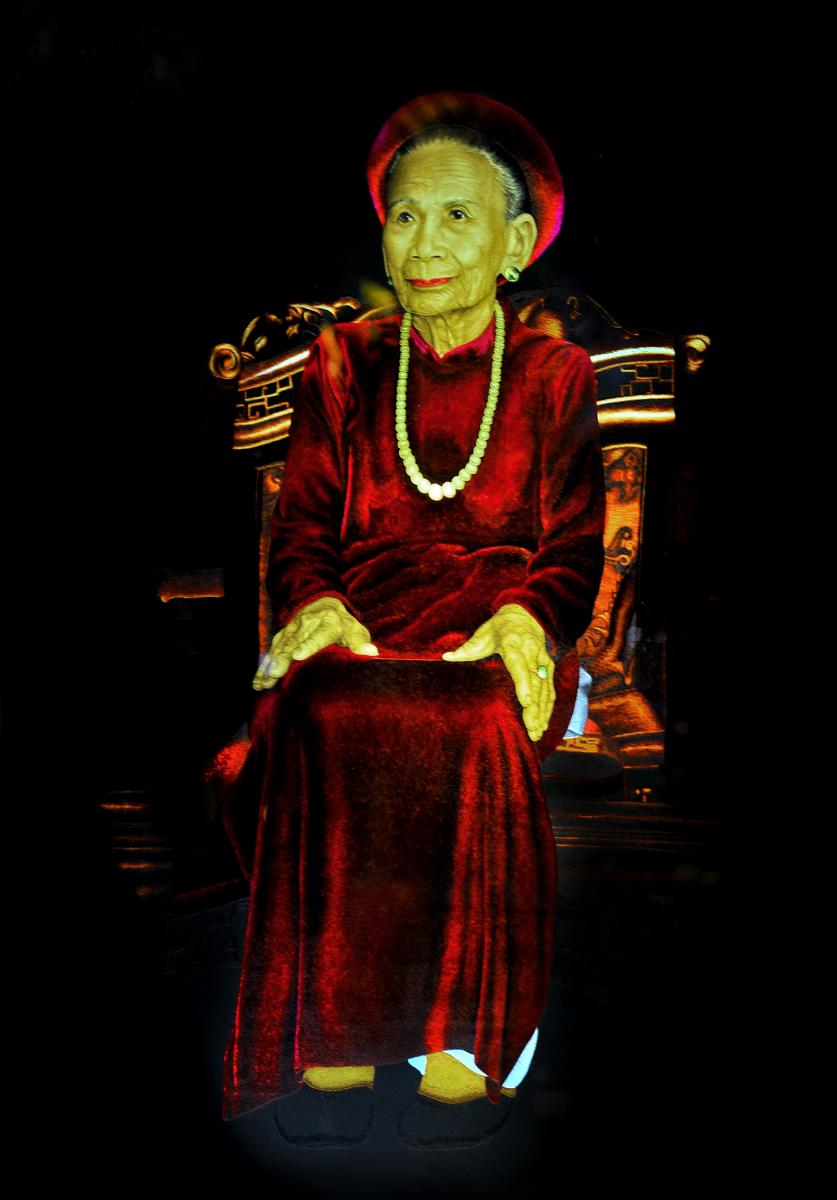
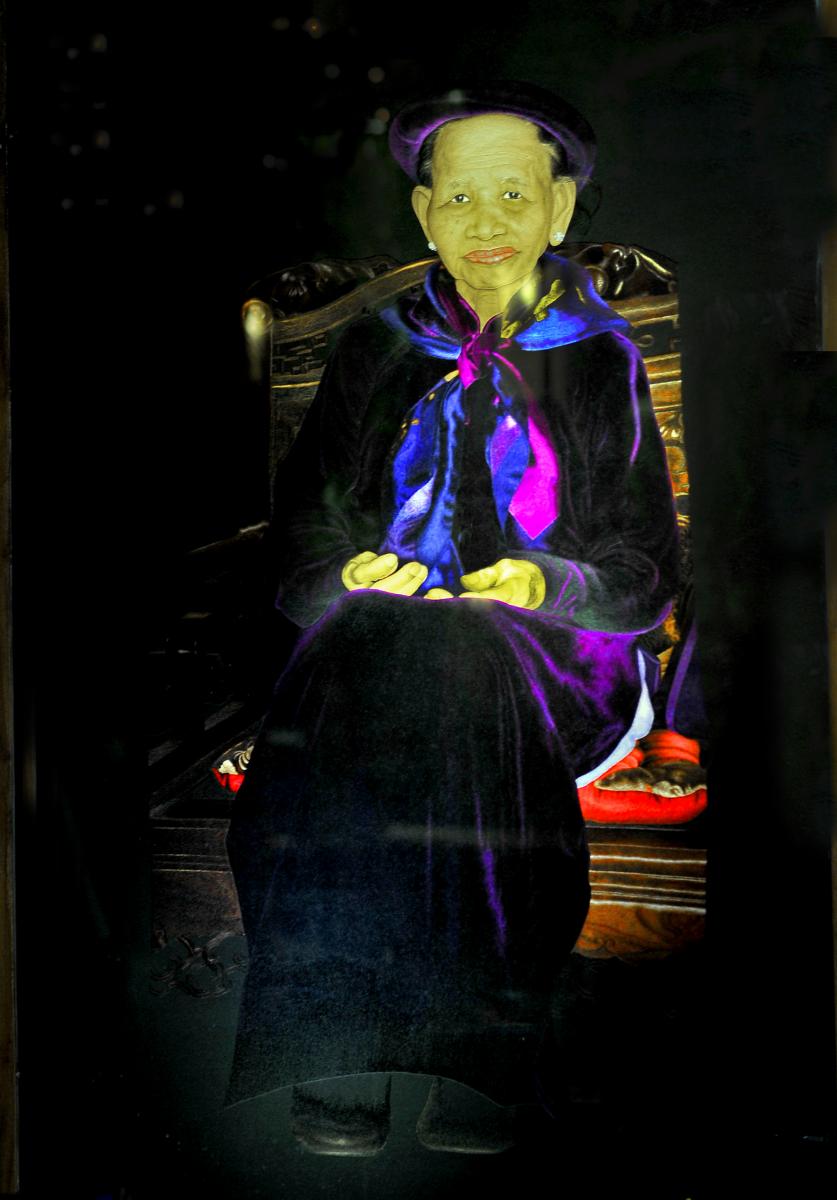
A. Embroidery face
Embroidery is a woman whose material and spiritual life is regulated by the landscape and geographical composition
1 “Labor” lake ( About spirit)
There is a space where searing and confirming the roof of the history of women character again- for a Hue character is confused. It is a destabilizing factor both inside and outside. Therefore, there are pairs of parallel sentences refer to the spiritual history (mother`s inheritance) remindering our children- with “the pilgrimage” calling back to some of character value.
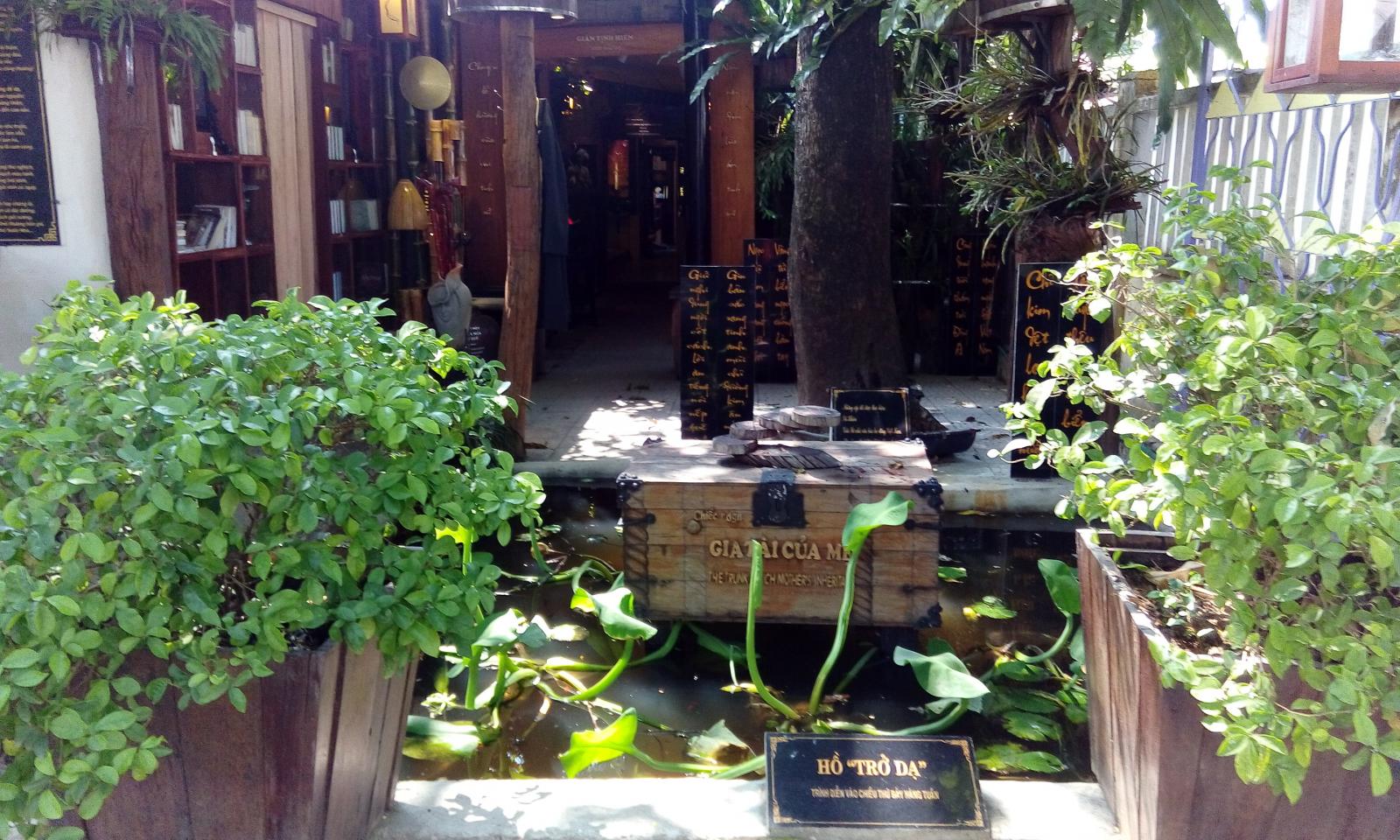
2. Mother’s lullaby
This place is often told about “the dream of land”- native place, birthplace through the landscape embroidery artworks:
The river- the moon in Hue- a rainy season in Hue- grandmother’s lullaby- chicken cock crows…
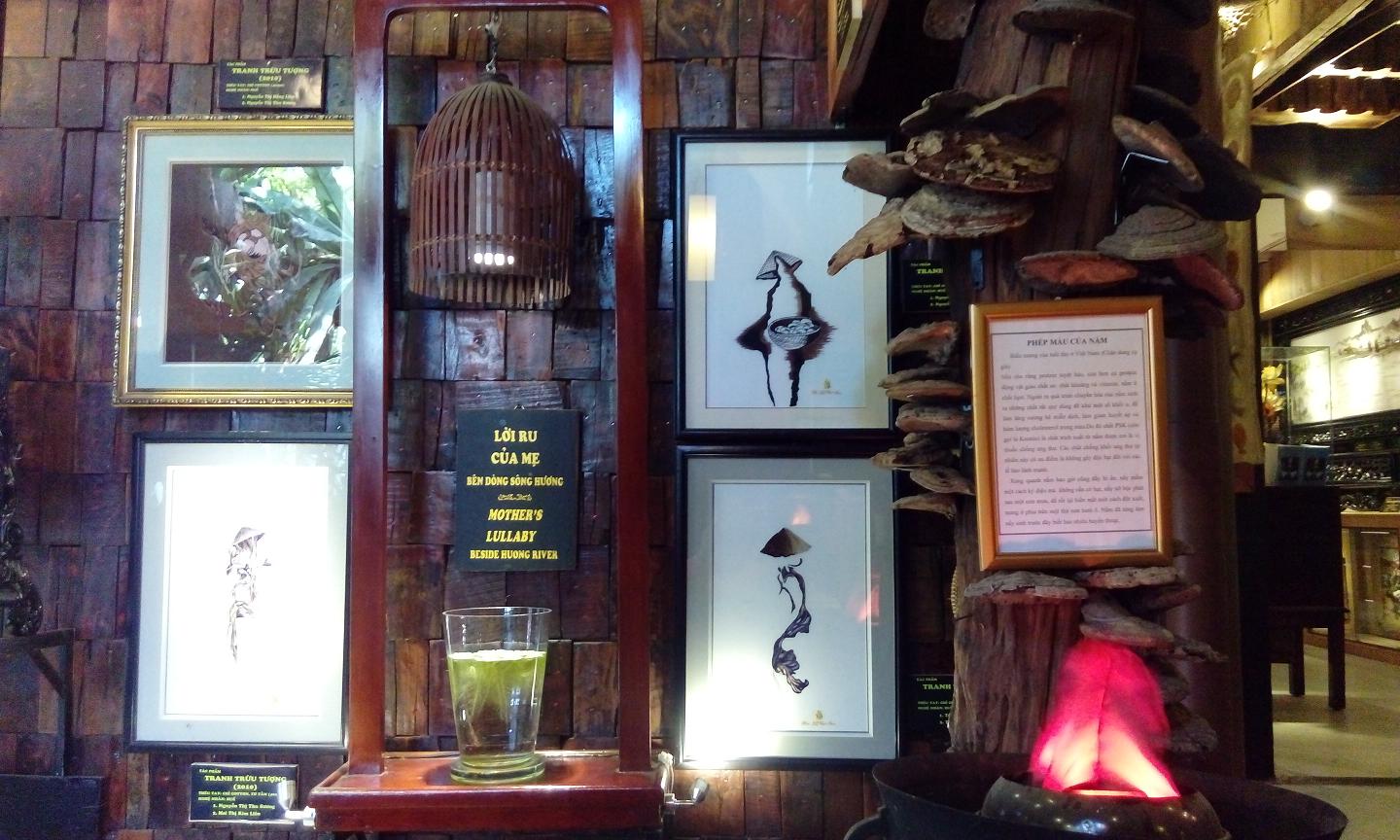
3. The kichen of Hue people
Hue women always hold two flames:
- Fire store of hometown ( where our child grew up)
- Fire store at other place ( where waiting for the child…)
There is a place we display embroidery pictures with the mood always divided between this place and the other (our home town and the other)
4. The woman whose holds the key of life (mother)
Introducing types of Hue cuisine which was born from their land and ways of processing to create nutritions.
Shown with the static embroidery pictures on the fruits - agricultural products… of Hue.
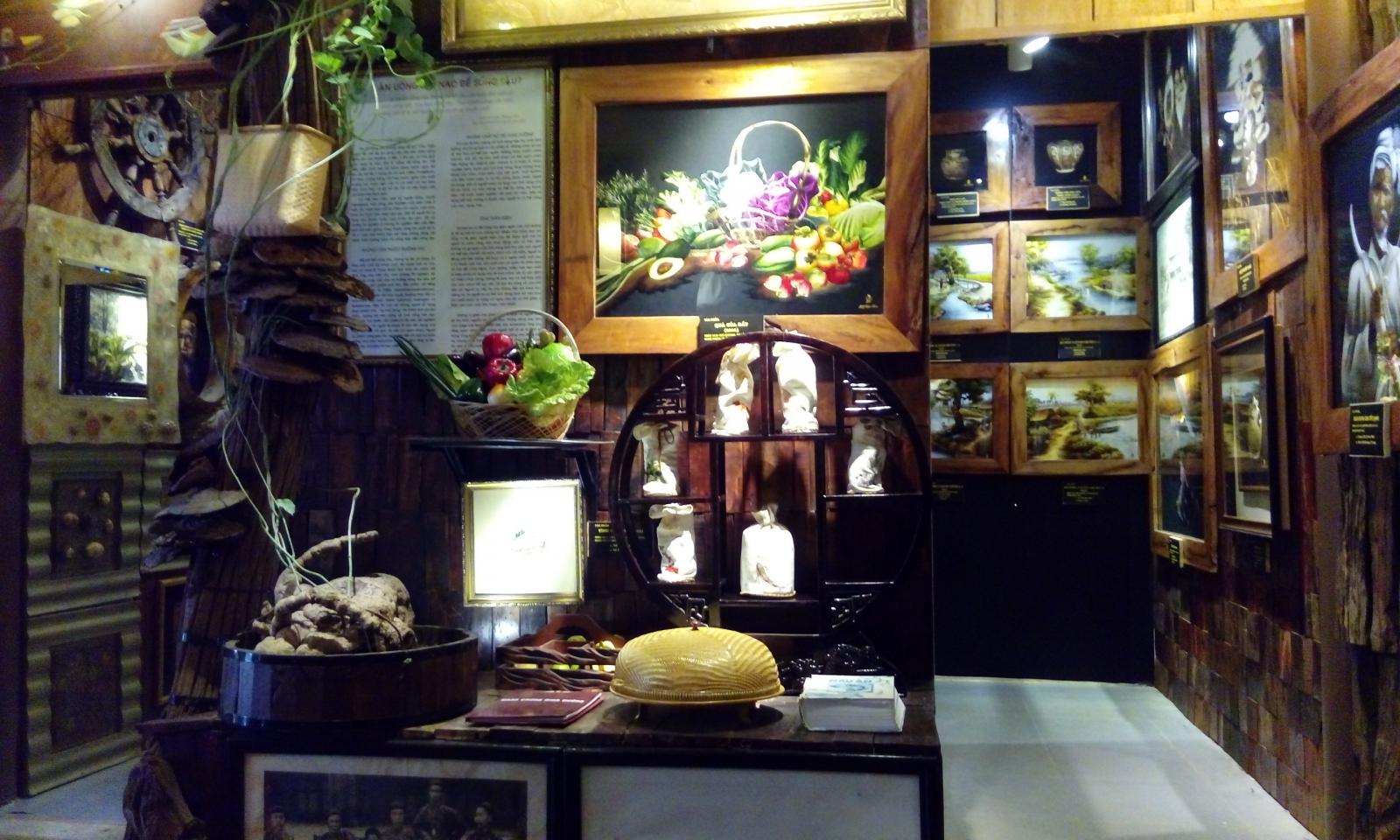
5. A royal dining table
There is a place to teach “the humble history” of Hue mother
- Techiques in eating
- Ways in eating
- Ways of thinking in eating
The room introduces embroidery art applied in this place.
6. “The worry” of Hue mother
Source of all illnesses: depression of the body due to eating.
7. Embroidery “Academy”
There is a place to perfect fitness and physical fitness:
- Boy is becoming “a gentlemen”
- Girl is getting four attributes of Vietnamese women: “ skill- appearance- speech- behaviour”.
It is expressed through the embroidery fashion, embroidery jewelry with ways of makeup.
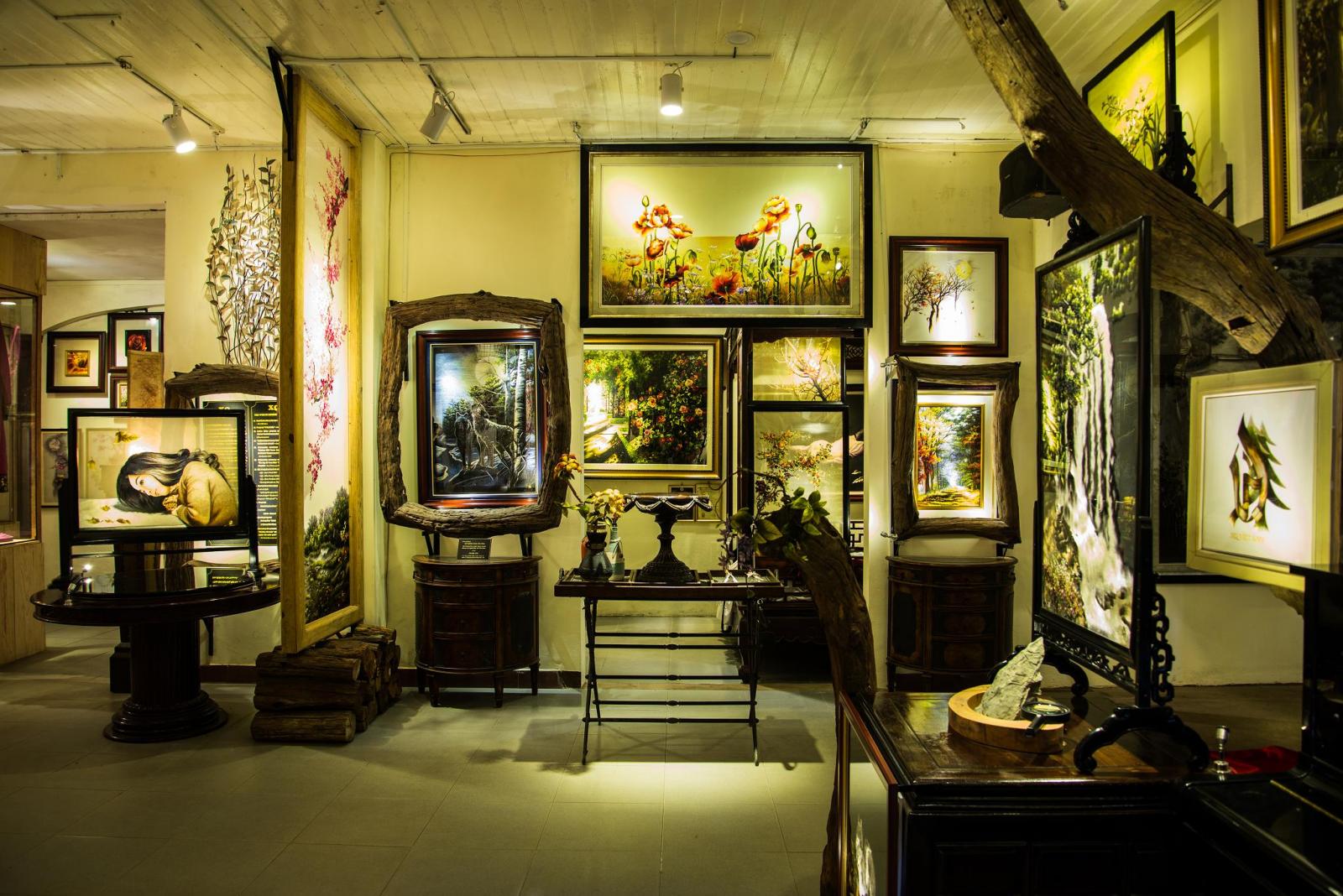
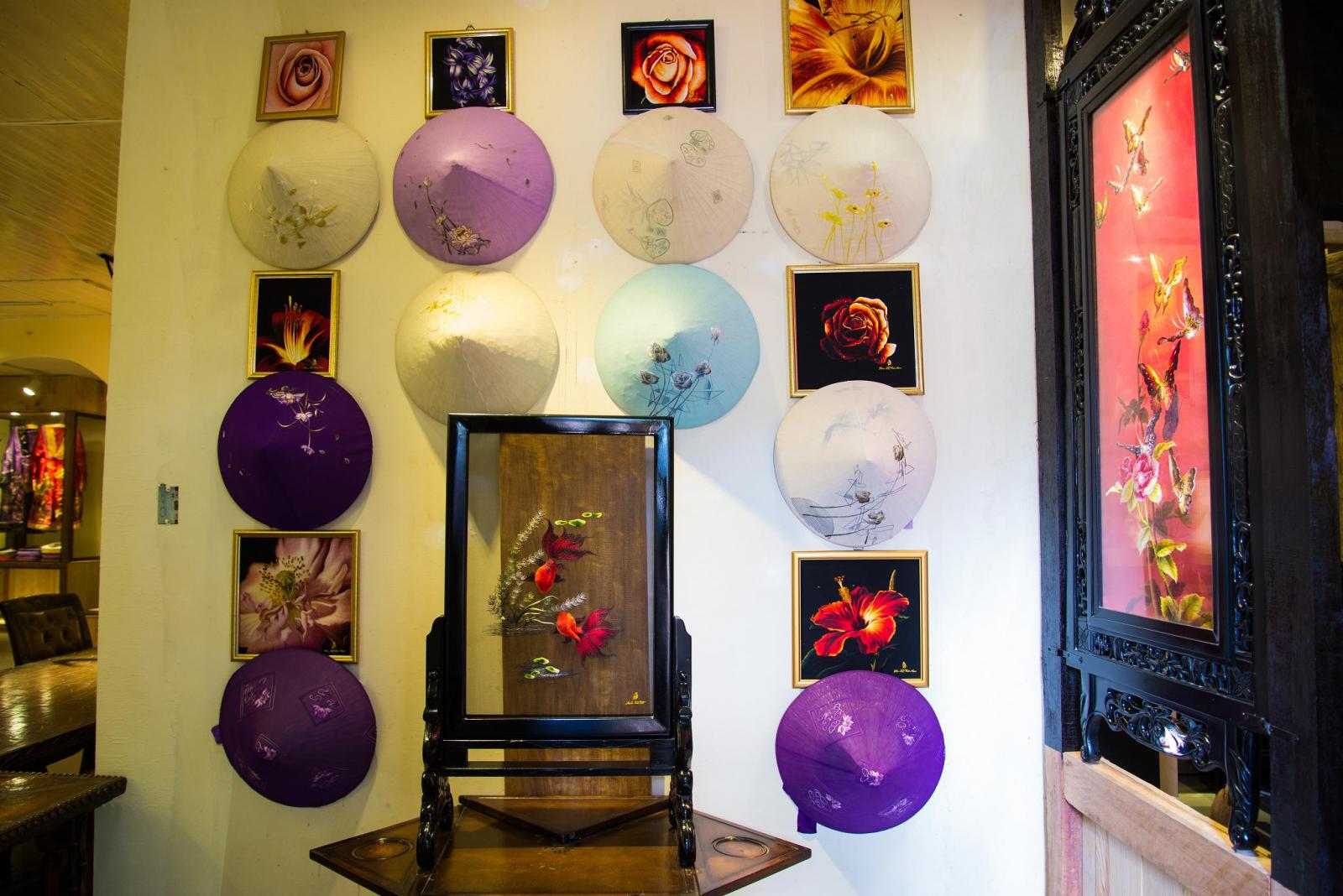
C. Embroidery voice
It is the intuitive and poetic soul of embroidered women in Hue.
Under the interplay of economic, political, social, religional events… it is now hiding good images… More than ever, we have to rebuild a “ Spiritual history” in the facade of embroidery museum.
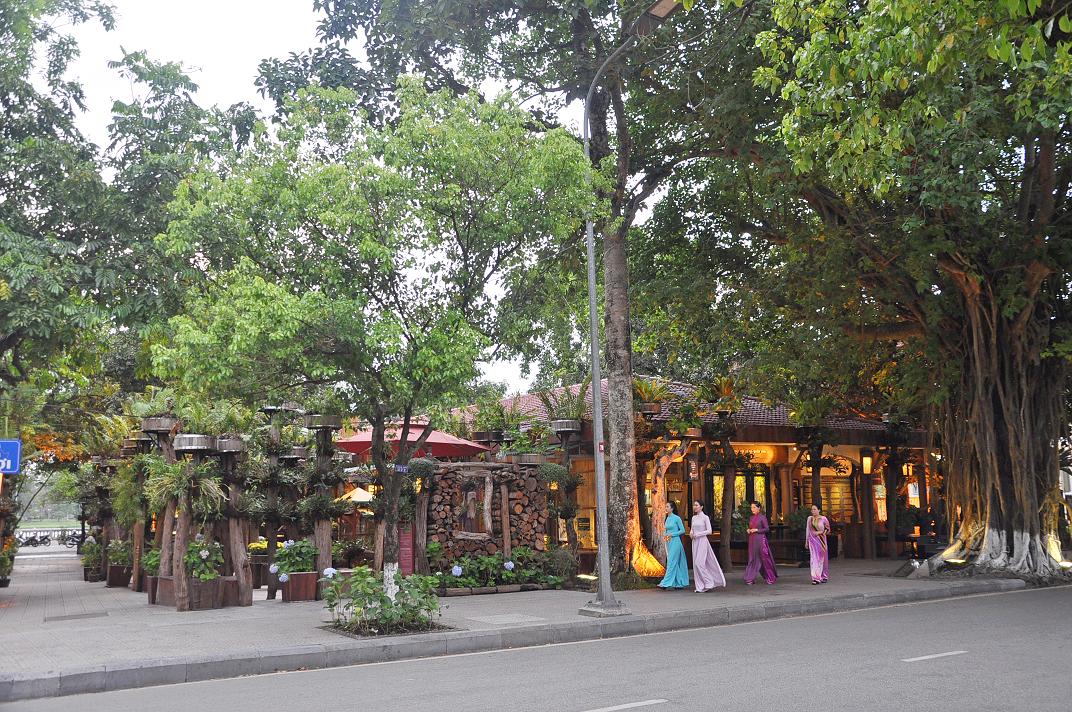
And its culmination is the “ritual prosession from Huong river to the Ancester Temple” weekly in the most respectable scene. It represented a loyal commitment to embroidery character. And it also rediscovered the holy attchment between human and traddition - human and nature - human and human.
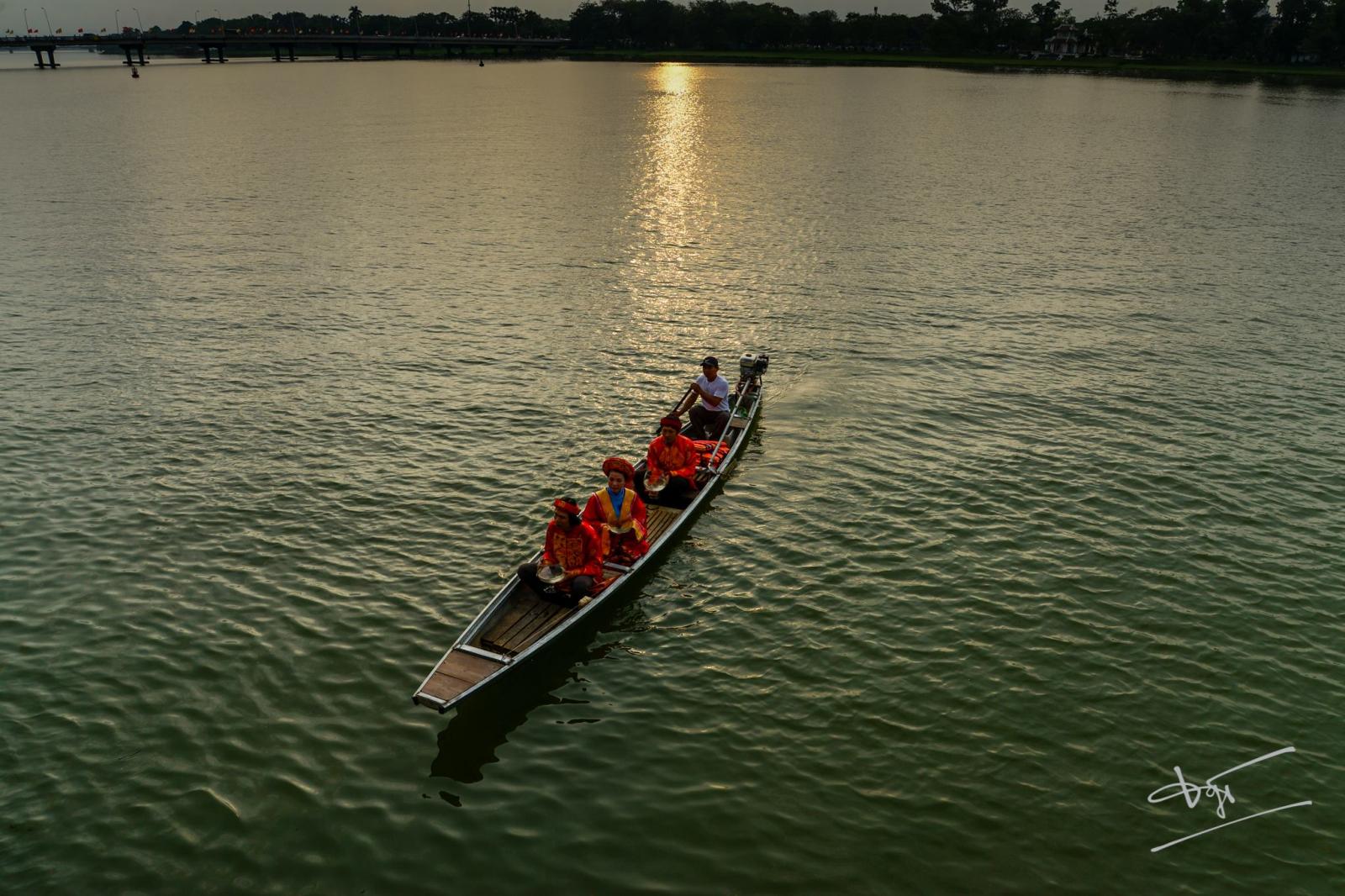
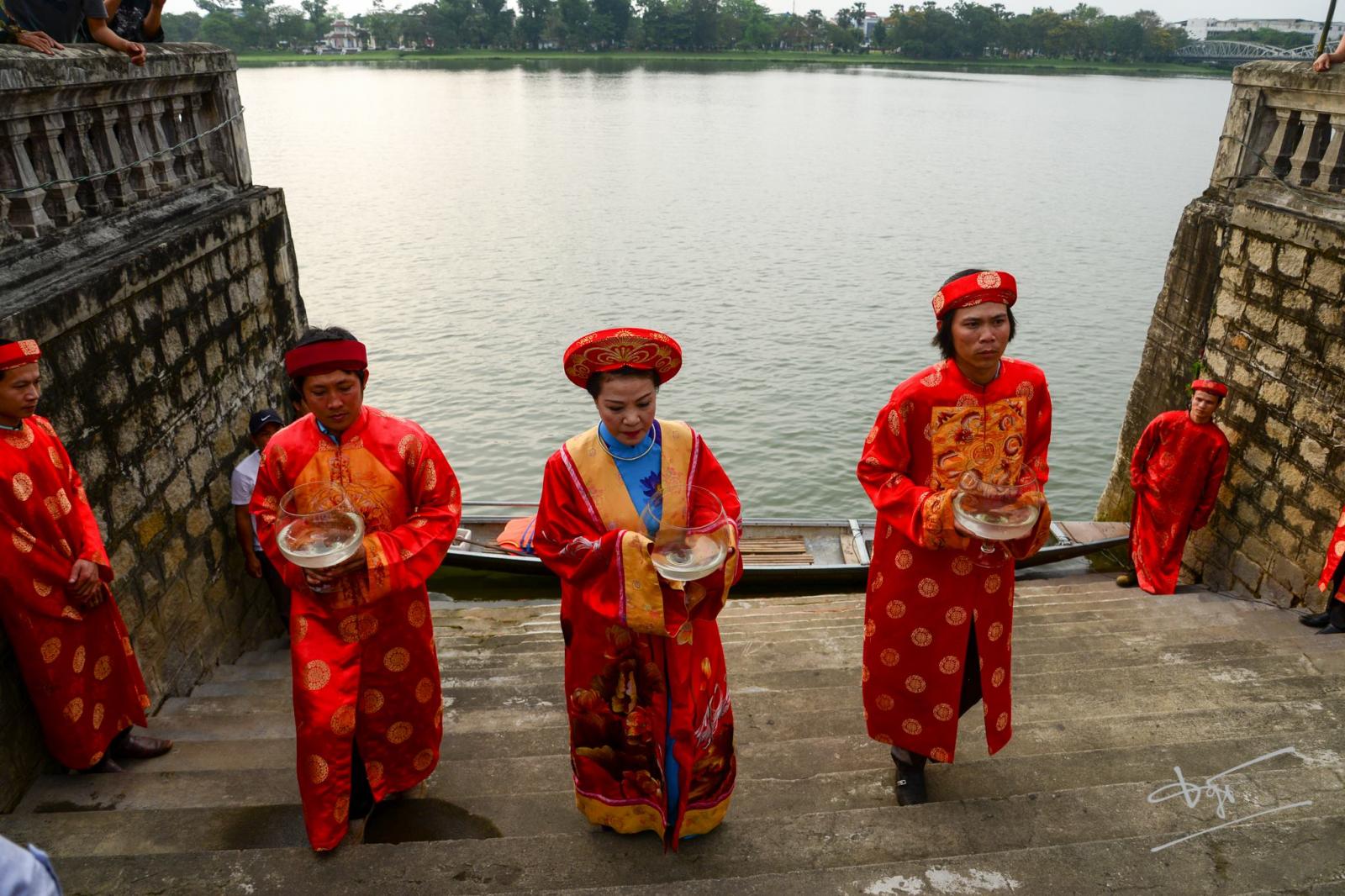
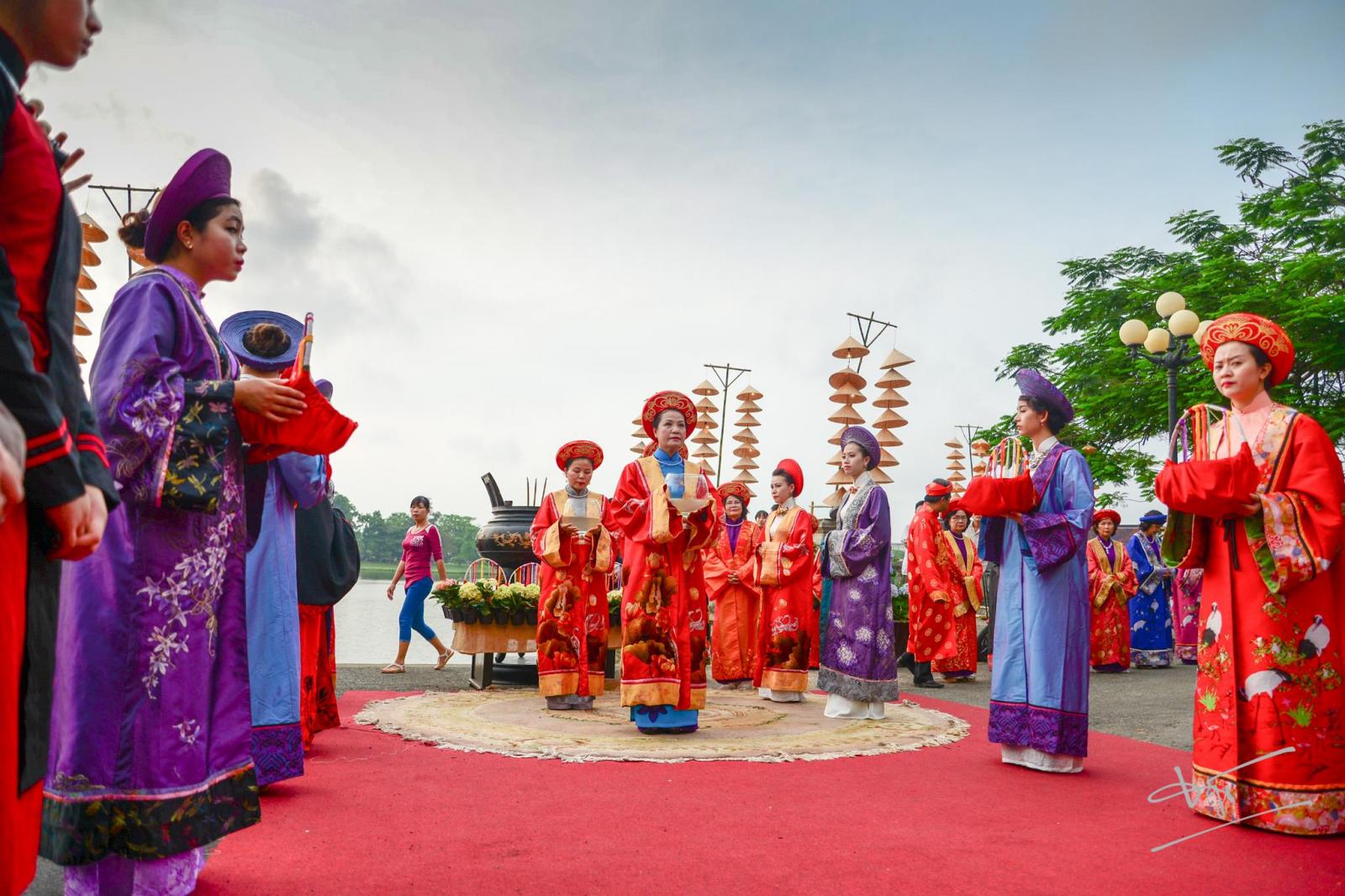
1. The Orchid garden of the people living near “the Land and Gods”
- With the display embroidery pictures “ Memories of a Paradise” where animals, flowers, grass and people can talk each other – a world of harmony on Huong river.
- It is a meeting place of dreams and multicultural topics: novel - poetry – music - painting and religion. Culture requires the accompaniment of many instruments to create the wonderful sounds of memory and human intellect. Where people will be together to write the dream of signaling the third millennium. This square is bridge between cultures because it puts cultural phenomena back in their natural poetic horizons.
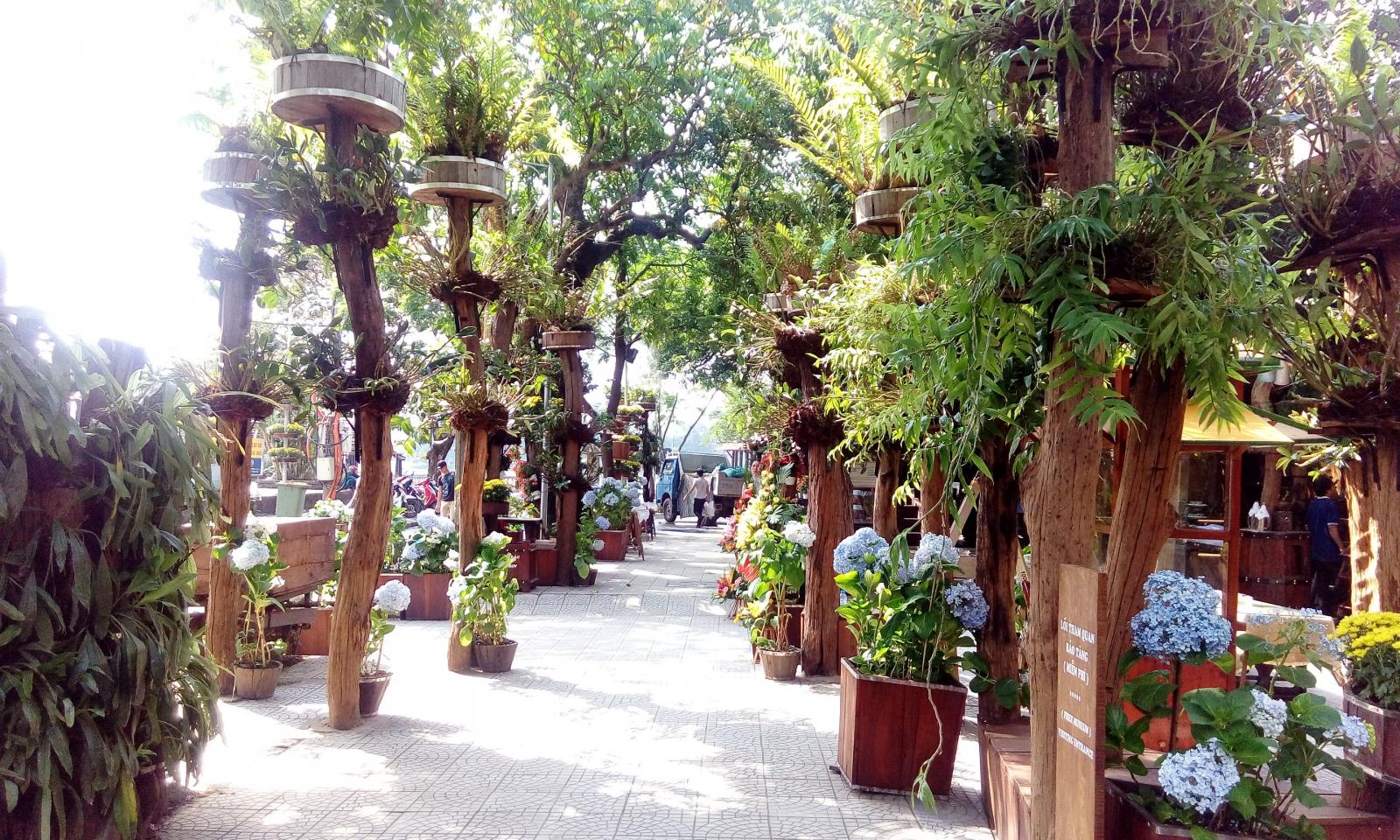
.jpg)
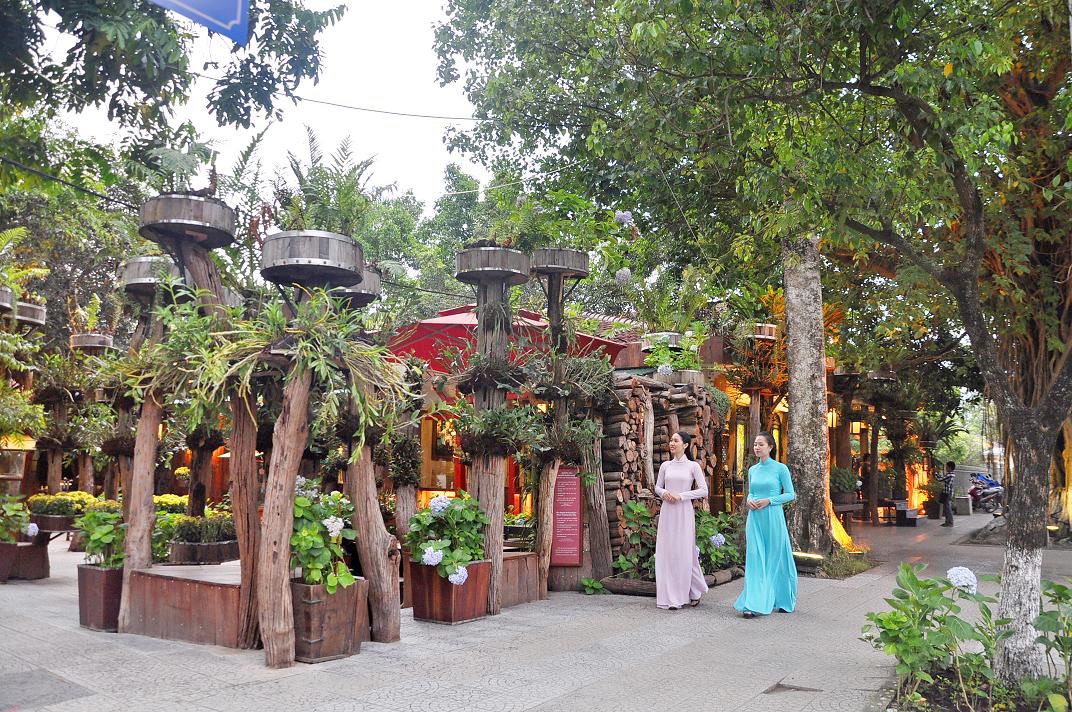
2. “ Fire flies” garden – A place for “ shy lovers”.
A place where telling the love of the Hue people to find the metaphysical romance to nourish the noble in love (romanticism of Hue people often borrowed the senses of grass – animals - moon - cloud- wind to talk about a human culture…)
And a stage where “romanticism” is introduced through poetry and music.
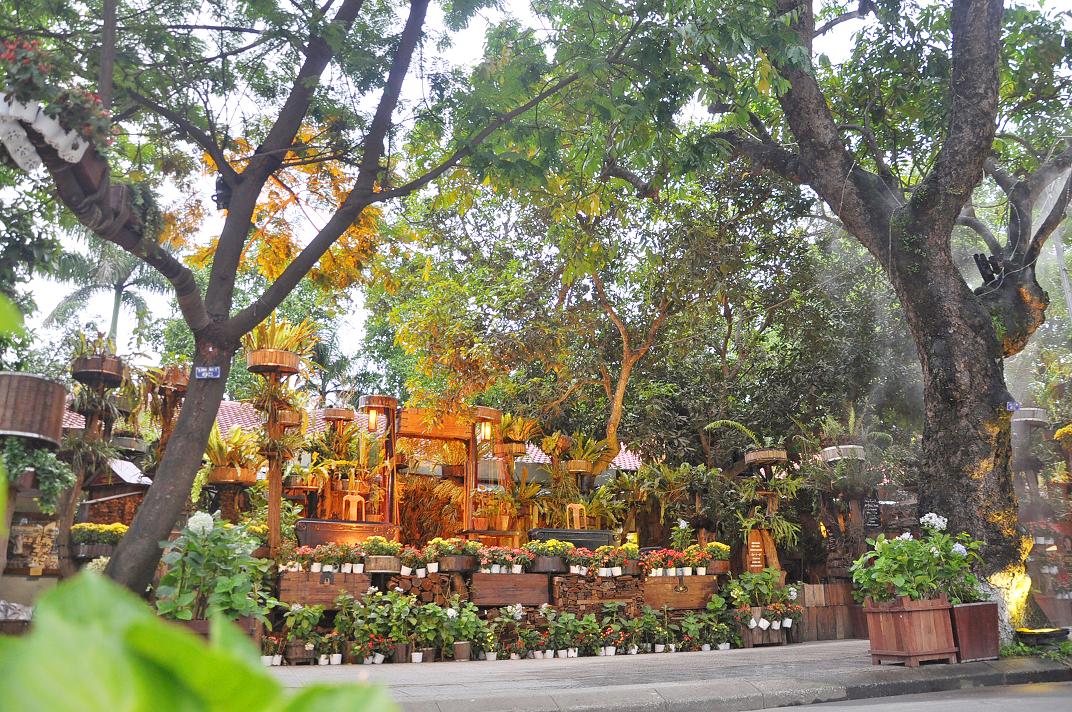
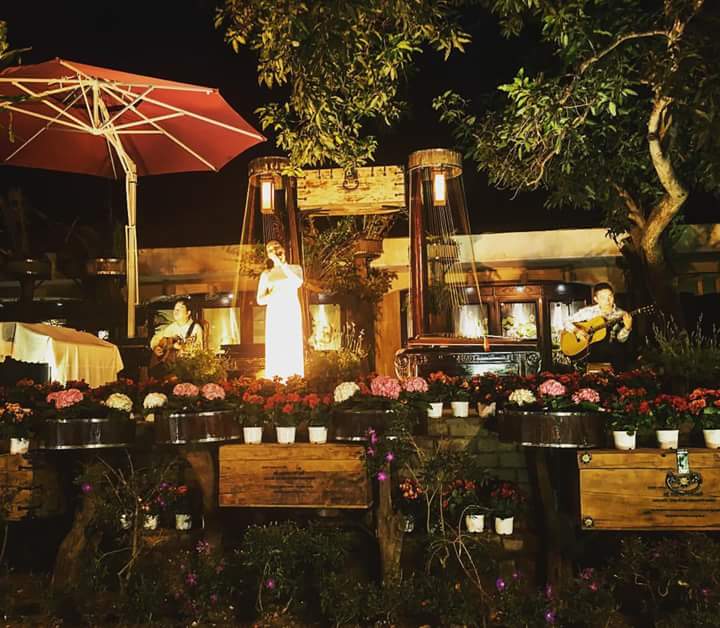

3. “Wishing thread” garden.
Where introducing the technique, talent, and clever through four types of embroidery art: portrait, landscape, both-sides and thread sculpture.
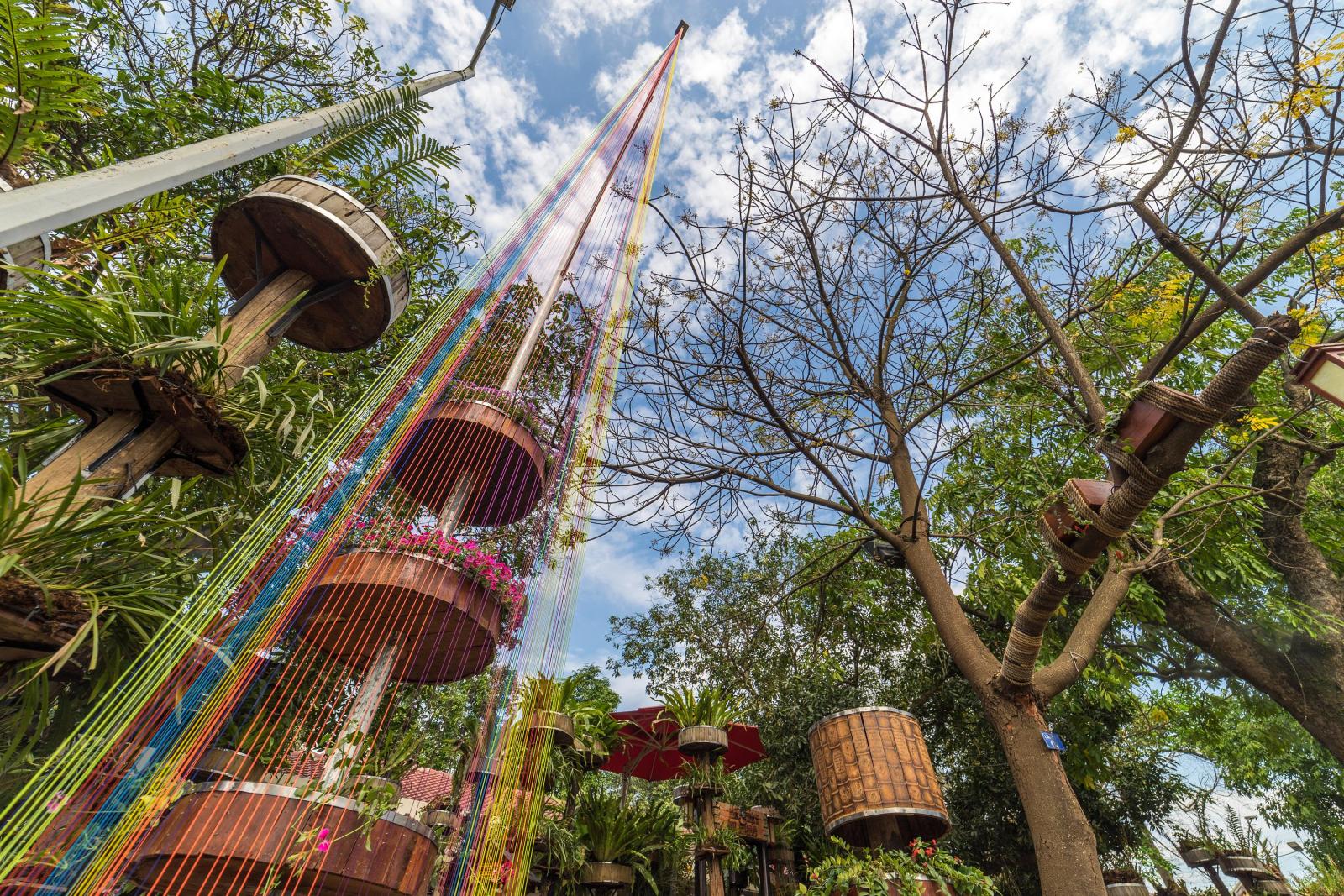
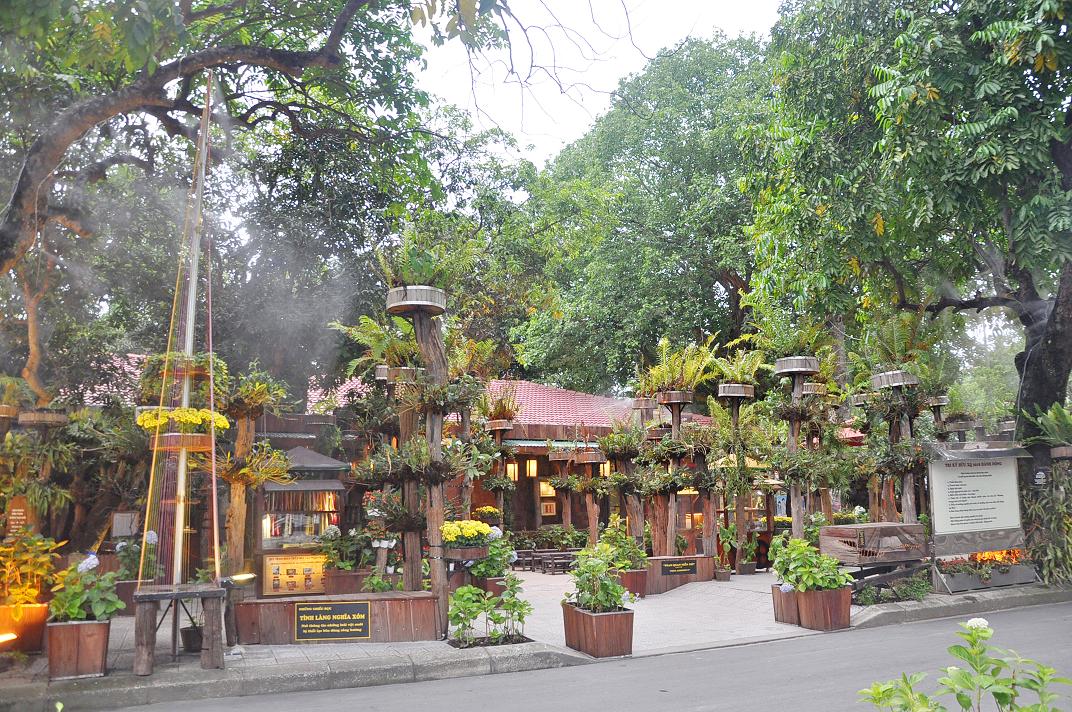
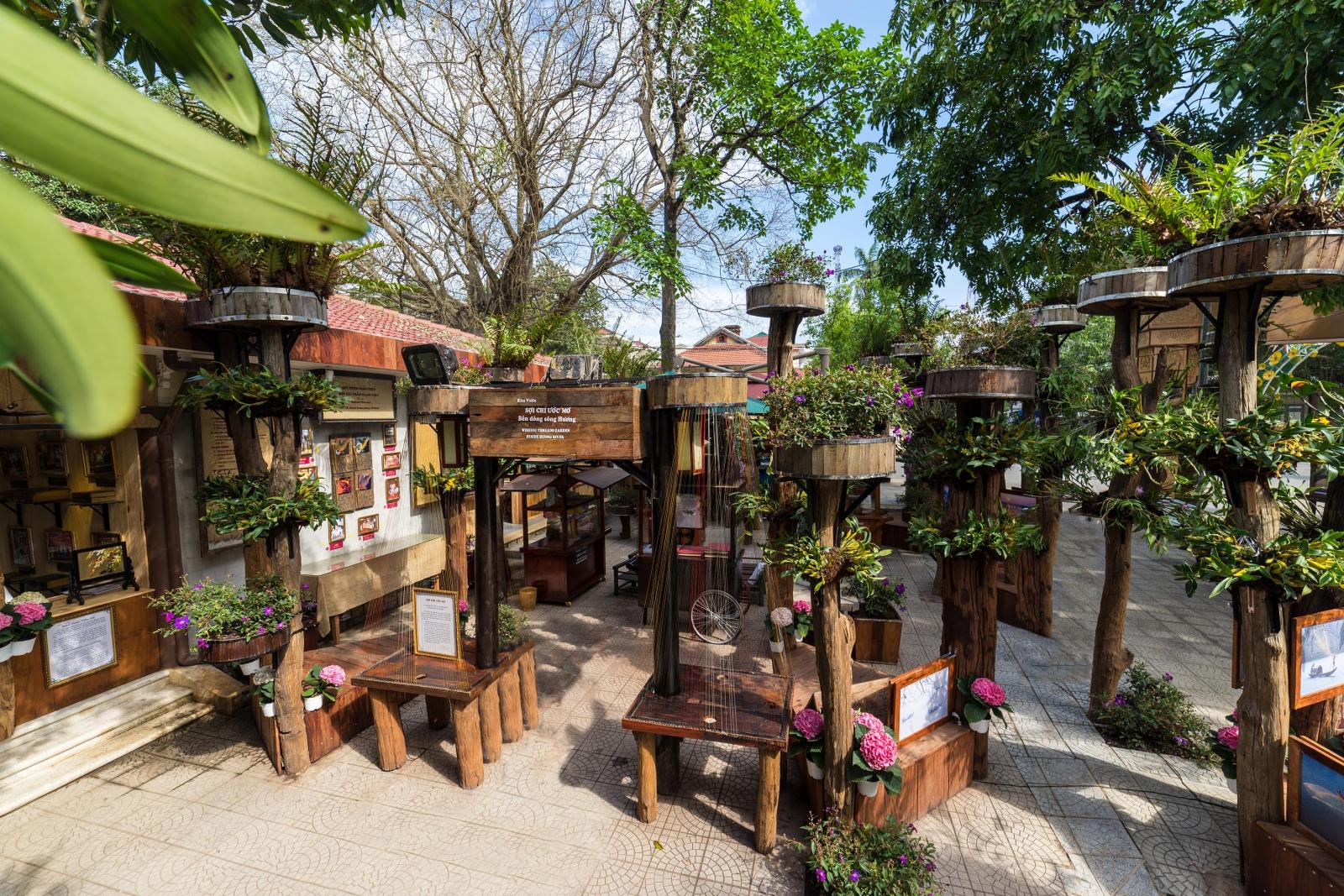
4. The tea garden : “ Friendship not come back, only me”
To restore “ hospitality tradition” has fallen on Huong river.

“Putting a little dream in a tea cup
Drinking a half of poem to be reserved
Another half suggests for five hours
In future writing about native place"
